In a densely populated urban environment like New York City, high-rise buildings—whether residential, commercial, or mixed-use—present unique and complex security challenges. These vertical structures house hundreds to thousands of people daily, making them potential targets for crime, terrorism, fire hazards, and unauthorized access. Effective high-rise security protects people, property, and operations in a way that balances safety, privacy, and efficiency.
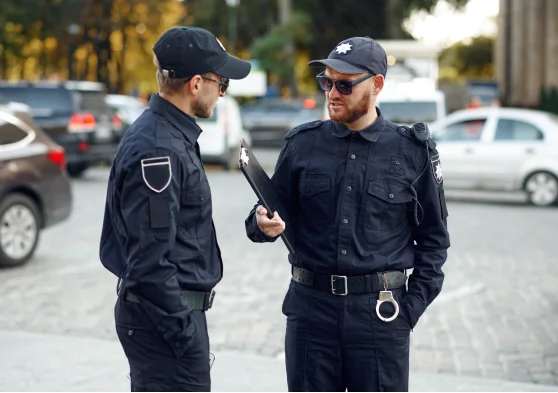
Why High-Rise Security in NY Is Critical

- High Occupancy and Foot Traffic
- Daily influx of tenants, employees, contractors, deliveries, and visitors.
- Increases the potential for unauthorized access or internal threats.
- Terrorism and Active Threat Preparedness
- NY has been a target for major attacks in the past, including 9/11.
- High-rise buildings require emergency plans for evacuation and shelter-in-place scenarios.
- Crime Deterrence
- Theft, vandalism, and workplace violence can all occur without strong access control and surveillance.
- Luxury residential towers are frequent targets for package theft or intrusion.
- Emergency Response Coordination
- High-rises pose logistical challenges for police, fire, and EMS.
- Well-structured security teams and systems can accelerate emergency response and coordination.
Key Security Components for High-Rise Buildings
- Access Control Systems
- Card/Fob Access or Biometric Entry: Controls who can enter the building, elevators, or specific floors.
- Turnstiles and Reception Desks: Found in lobbies to verify guests and enforce check-ins.
- Visitor Management Systems (VMS): Digital systems that register and issue passes for visitors, delivery personnel, or contractors.
- Lobby Security
- 24/7 Security Guards or Concierge Staff: Monitor traffic, deter threats, and provide assistance.
- Panic Buttons & Duress Alarms: Installed at front desks or reception for emergencies.
- Bag Scanners (for Class A buildings): In high-security or government buildings, screening of visitors may be required.
- Surveillance Systems
- CCTV Network: Covers entrances, elevators, stairwells, lobbies, hallways, loading docks, and rooftops.
- Live Monitoring Stations: On-site or remote monitoring of feeds for real-time response.
- Video Analytics: AI-assisted tools can detect loitering, tailgating, or suspicious behavior.
- Elevator Security
- Controlled Floor Access: Restricts which floors residents, employees, or visitors can access based on credentials.
- Integrated with Access Cards: Prevents unauthorized movement inside the building.
- Perimeter Security
- Gated Entryways: Especially in buildings with attached garages or private plazas.
- Vehicle Barriers or Bollards: Protect against vehicle-based threats.
- Lighting & Landscaping: Prevents loitering and increases visibility around entry points.
- Fire and Emergency Systems
- Alarm and Evacuation Protocols: Must meet FDNY codes and include audible alarms, signage, and stair access.
- Two-Way Communication Systems: Allow building management to guide tenants during an emergency.
- Fire Doors and Smoke Control Systems: Especially critical for skyscrapers where vertical smoke spread is a risk.
- Cybersecurity for Smart Buildings
- Integrated Building Management Systems (BMS): Manage lighting, HVAC, and security. These must be protected from hacking.
- Data Privacy Protections: Especially in residential high-rises with surveillance and smart intercoms.
- Wi-Fi & Network Security: Prevents tampering with surveillance systems or tenant data.
- Delivery and Package Security
- Secure Package Rooms or Lockers: Prevent porch piracy and theft in residential towers.
- Mailroom Monitoring: Includes camera coverage and restricted access in commercial buildings.
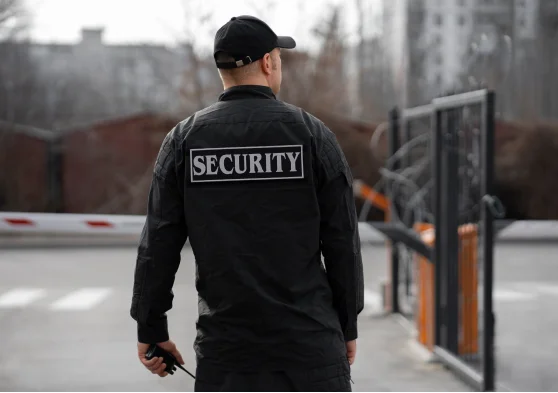
Security Personnel in High-Rise Buildings

- Lobby Guards: Serve as the first line of defense and guest management.
- Concierge Teams: Often trained in both hospitality and basic security protocols.
- Mobile Security Patrols: Rove floors, parking areas, mechanical rooms, and rooftop access points.
- Emergency Response Teams: Security staff should be trained in CPR, evacuation protocols, and coordination with NYPD/FDNY
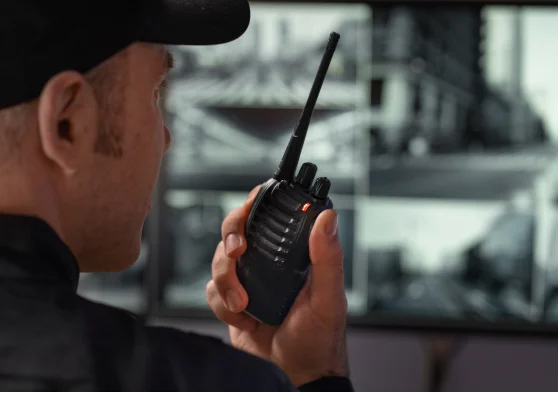
Types of High-Rise Buildings in NY Requiring Specialized Security

- Luxury Residential Towers
- Office Skyscrapers (Class A & B)
- Mixed-Use Complexes (Retail + Residential)
- Hotels & Condos
- Government & Diplomatic Buildings
- Medical or Research Facilities
- High-End Retail Spaces in High-Rises
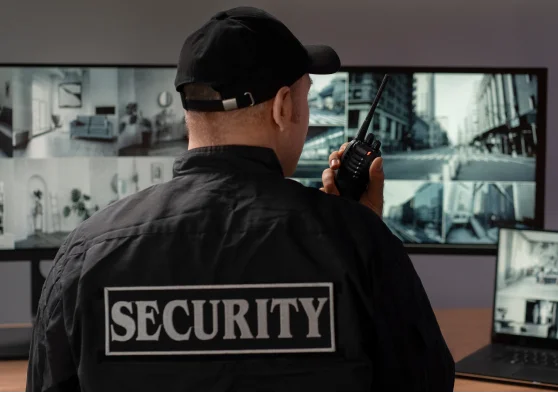
Benefits of Comprehensive High-Rise Security

- Benefit Impact Tenant & Resident Trust Increases lease retention and property value
- Crime & Liability Reduction Prevents theft, vandalism, and lawsuits
- Emergency Preparedness Saves lives and reduces chaos during evacuations or
- Threats Reputation Management Improves public image and online reviewsInsurance Premium Discounts Many insurers lower rates for buildings with strong security
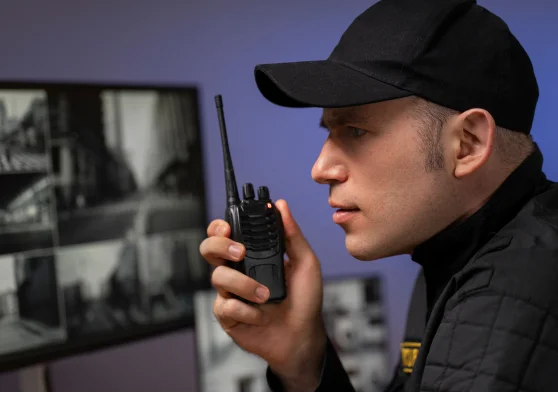
Common High-Rise Security Challenges

- Tailgating (Piggybacking into secure areas)
- Unscreened Contractors or Maintenance Workers
- Multiple Entry Points (e.g., garages, back doors, service elevators)
- Privacy Concerns from Over-Surveillance
- Balancing Convenience with Safety (especially in residential or mixed-use towers)
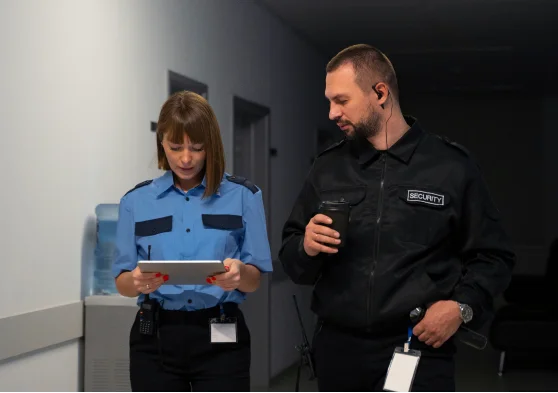
Summary: Why It Matters

In New York’s fast-paced, high-density environment, high-rise building security is a foundational part of property management. It’s not just about preventing theft—it’s about saving lives, protecting assets, and ensuring business continuity. With the right mix of technology, personnel, and planning, a high-rise building becomes a safe, secure, and attractive place to live or work.
